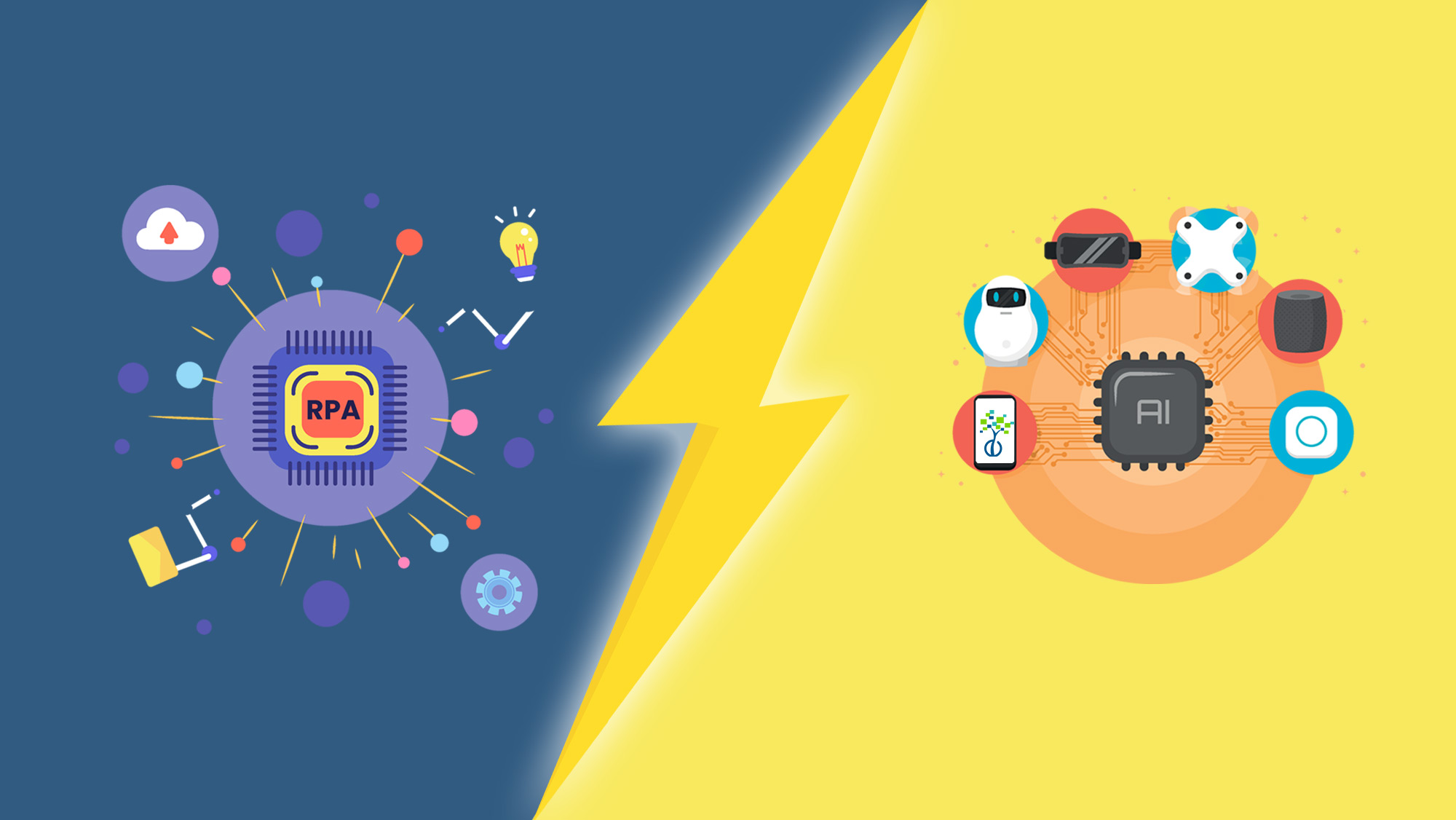
Robotic Process Automation (RPA) and Artificial Intelligence (AI) are two powerful technologies that can help businesses improve their operations and increase efficiency. While they may seem similar, there are key differences between the two technologies. In this blog, we'll explore the differences between RPA and AI, and the complementary use cases where they can work together.
RPA is a technology that automates repetitive and rule-based tasks. It uses software robots or "bots" to perform tasks that would otherwise be done by humans. RPA bots are programmed to follow specific rules and processes, and they can work 24/7 without taking breaks or making mistakes. RPA is ideal for automating tasks that are repetitive and time-consuming, such as data entry, invoice processing, and customer service inquiries.
AI, on the other hand, involves machines that can learn from data, recognize patterns, and make decisions. AI can perform tasks that require human-like intelligence, such as natural language processing, image recognition, and decision-making. AI is ideal for tasks that require cognitive abilities, such as predicting customer behavior, identifying fraud, and analyzing data.
While RPA and AI may seem like competing technologies, they can actually work together to create powerful solutions. RPA can automate repetitive and time-consuming tasks, freeing up employees to focus on more strategic activities. AI can be used to analyze data and make predictions, providing valuable insights that can inform decision-making.
Here are some examples of how RPA and AI can work together:
In conclusion, while RPA and AI may seem like competing technologies, they can actually work together to create powerful solutions. RPA is ideal for automating repetitive and time-consuming tasks, while AI can be used to analyze data and make predictions. By combining the two technologies, businesses can improve their operations, increase efficiency, and make more informed decisions.
These Stories on RPA
No Comments Yet
Let us know what you think